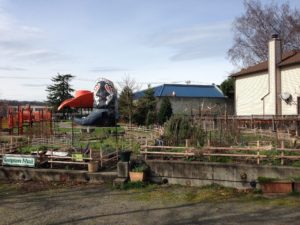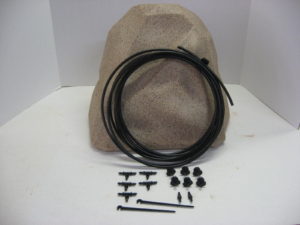What is My Planting Zone?

Gardening is a wonderful activity, and whether you’re a seasoned professional, or you’re new to the process, you know the beauty that this favorite hobby can offer, as well as the joy it can bring to you. There are two issues that many growing areas face, and they can often be surprising. However, when you can tackle these, you’ll find that you have show stopping gardens wherever you choose to put them in your yard. One issue is asking myself what planting zone do I live in?
The first potential problem is choosing the right plants for your planting zone. If you choose a plant that thrives in the northern part of the country, but you’re in the South, chances are, it can be too hot or dry for your beauty to take off. This can create a ton of frustration, especially among new gardeners, who often give up when they don’t see magazine result in the first year of work. That is why gardeners must ask themselves what planting zone do I live in?
The second possible problem that many gardeners face is irrigation. How do you make sure that your plants get the proper amount of water? Is it a one size fits all process, or do you have to water different plants at different times?
First Things First – Determining Your Planting Zones

If you’re the type of gardener that dreams of tropical plants, but you live in a dry, arid climate, you’re probably in the wrong zone for these humid weather beauties. The key to a beautiful space is to understand your area and choose plants that will thrive. You might be able to add one or two tropical flowers, but since they will likely require more care, keeping them as centerpieces is best.
Your outdoor space is a big deal, so you’re likely to find many resources available to help anyone grow beautiful plants. Some of the common options to choose from include:
– Farmer’s Almanac link
– Gardening magazines or websites link
– Local nurseries link
– Planting journals link
– Plant Catalogs link
Some people find that they get the best results by combining several resources to ensure that they enjoy the best growing results possible. But, which one is best for you?
Farmer’s Almanac
If you didn’t know, this trusty book was probably used by your great grandparents! Okay, so it might seem old-fashioned, but there is some solid information to go by, including what to expect from the upcoming growing season when it comes to weather, planting guides, information about planting zones and what works well where, and more.
Gardening magazines and websites

If you love plants, flowers, and all things to do with growing, you’ve probably taken a look at these in the past. There are many different publications out there that feature some of the loveliest outdoor spaces in the world, and you’ll find that you’re vastly inspired by taking a peek. As a plus, many people find that this is one of the most soothing things they can do – next to getting their hands in the dirt themselves.
Local nurseries
If you love to shop, why not spend some time at your local nursery? This is a great way to get ideas that work in your area for spectacular outdoor spaces. If you’re not sure about how certain plants will work in your garden, you can talk to the employees, as they are usually experts, or can connect you with an expert at the nursery.
You might also find that this is one of your best sources for information about your zone, as many nurseries also host gardening groups and provide classes to help anyone learn more about caring for plants.
Planting journals

Watering Rock Components
While they used to be just a book that the dedicated gardener would write in daily or weekly, planting journals have grown in popularity. For many, these indispensable guides have become their planting bible, and you’ll likely find that a lot of them even feature calendars and tips to help you make the most of every season in your yard.
Try to choose one that offers tips and tricks, as well as planting zones and planting guides, so you’ll always have information at your fingertips.
Plant Catalogs
There are some amazing plant growers around the country, from spring bulbs to summer flowers, to fall foliage, plant catalogs are some of the best places to get those special somethings for your garden that you might not find elsewhere. Also, you might find that the prices are much easier to swallow than purchasing at your local plant store.
As a bonus, plant catalogs and their online counterparts, offer symbols to help buyers understand all kinds of details such as if plants are deer resistant, whether it needs sun or shade, what kind of moisture they need, and which planting zones are best for your choices.
Still not sure of your planting zone? There is usually a section that includes a map of the country in color codes per region. If you’re on a plant company website, look for a section in the menu to offer this, as well as other types of planting guides.
Irrigation Can Help

If you’re still hooked on a plant or a variety of plants that might do okay in your yard, but don’t specifically thrive in your zone, consider adding some irrigation to your space, and cut down on the amount of time that your specimen spends in the sun.
There are so many options when it comes to clever irrigation ideas, too. You can place plants around a fountain with rocks, add glass-blown balls that hold water for a steady flow of moisture, or choose self-watering products so your plants and flowers can get the right amount of water for their individual needs.
No matter what your gardening experience, whether you do it as a hobby or are a professional landscaper when you know the zones you work in, you can ensure a beautiful plot with plants that truly thrive.
We hope you gained insightful and helpful information from this article. See our web site www.watering-rocks for more informational articles and information about our Automatic Portable Drip Irrigation products. Also, take advantage of our free booklet, “101 Ways to Save Water & Money in the Landscape”. The Best Portable Watering System For Your Plants
